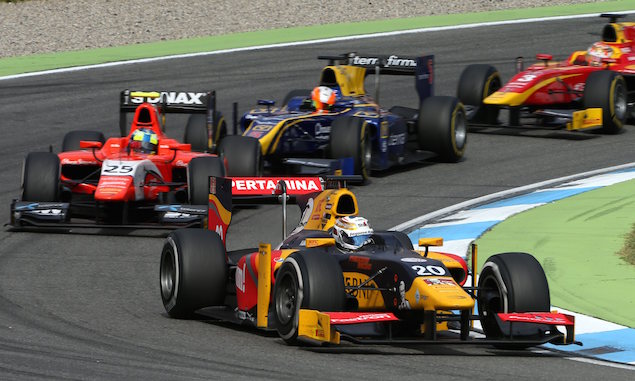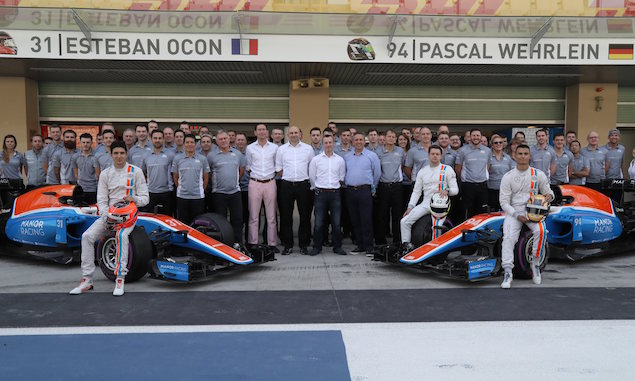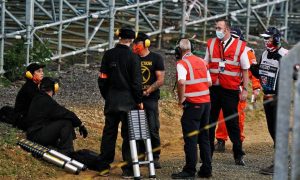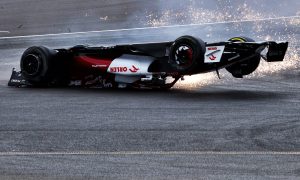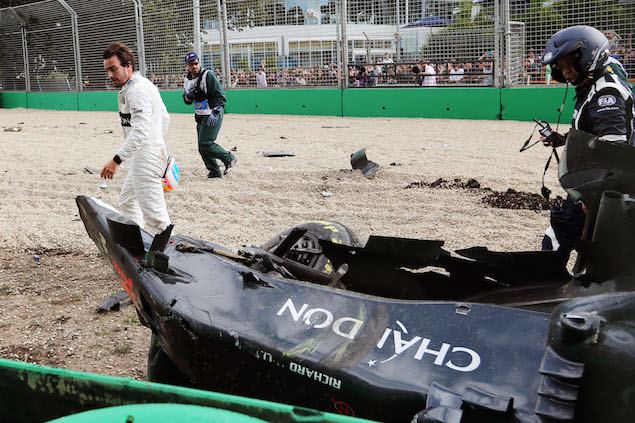
FIA deputy race director and safety director Laurent Mekies has revealed that Formula 1’s governing body has simulated Fernando Alonso’s heavy crash at the 2016 Australian Grand Prix with the Halo cockpit protection system.
The Spaniard ran into the back of Haas’ Esteban Gutierrez in Melbourne, which sent his McLaren-Honda into a series of scary rolls before coming to a rest upside down in the gravel trap outside Turn 3.
Alonso managed to crawl out of the wreckage unaided, though it later emerged that it had suffered broken ribs and a collapsed lung. In the aftermath of the shunt, some raised concerns about the Halo device preventing the driver from making a swift exit in similar circumstances.
“We looked specifically at that accident when we did the halo study," Mekies was quoted as saying during the Motorsport Safety Fund's annual Sid Watkins Lecture at Autosport International.
“We have seen how the car landed, but the main question was what happens if the guy needs to come out.
“The answer is in two parts. The first part is the standard procedures are that the marshals get the car back on its wheels.
“We accept that if the guy feels good he will never wait for that, he will try to go out. It's not a great idea if you consider the car with the electrical system in it and we would prefer that he waits, but we understand it's that way.”
Mekies adds that, while the simulation showed that Alonso could have got out of his car, F1 drivers were not pleased with the cockpit exit time.
“We put one of our chassis upside down with a halo, we put Andy Mellor [consultant for the Global Institute for Motor Sport Safety] into it as the worst case scenario and we asked him to come out exactly in Fernando's position and incredibly he did.
“So we feel in that case, the halo actually creates breathing space for the driver. When we showed that to the drivers, they were not impressed with Andy's speed to get out of the car, but they actually asked to try it before the halo is introduced so one day they will get that training.”
F1’s Strategy Group voted against the introduction of Halo for 2017, but the FIA remains determined to have frontal cockpit protection for F1 cars from 2018.
GALLERY: F1 drivers' wives and girlfriends
Keep up to date with all the F1 news via Facebook and Twitter

